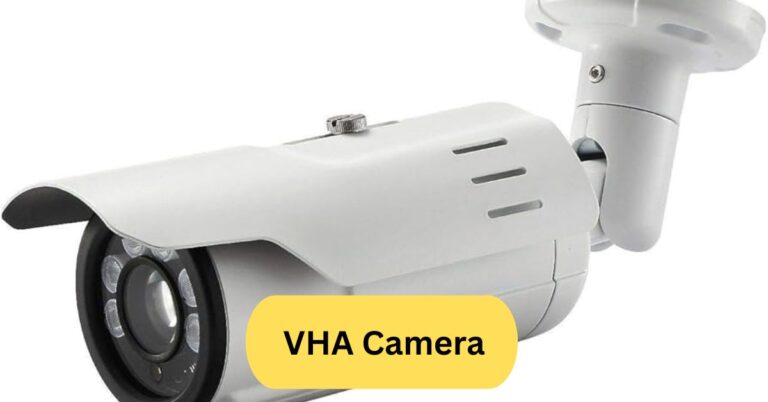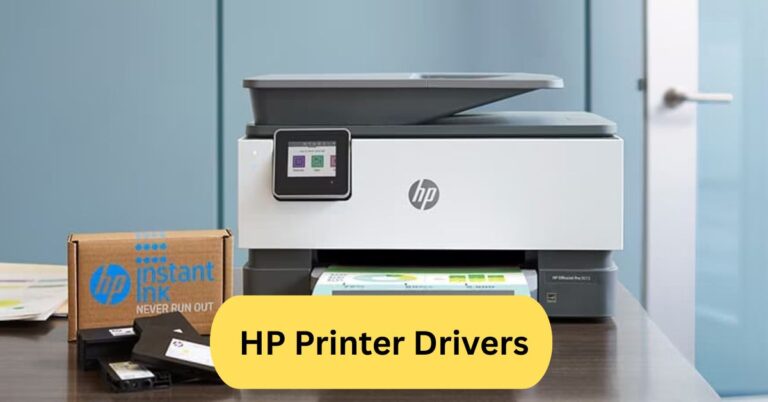
Once, I took a disposable camera on a beach trip, and there was something exciting about not knowing how the photos would turn out until they were developed. The slightly grainy, nostalgic look of the pictures made the memories feel even more special.
A disposable camera is a single-use film camera preloaded with film, designed for convenience and ease of use. Once the film is used up, the whole camera is sent for processing, making it popular for travel, events, and casual photography.
in this article we discuss about “Virtual Network Computing“
Table of Contents
Introduction to Disposable Cameras:

1. What is a Disposable Camera?
A throwaway camera is a straightforward, single-use film camera with preloads. You give the entire camera to a photo studio for film development once you’ve taken all the pictures. Consider it photography’s “one-time-use” counterpart, with no need to replace batteries, lenses, or memory cards.
2. Brief History of Disposable Cameras
The first commercially successful disposable camera was introduced by Fujifilm in 1986, quickly followed by Kodak. Back then, they were a revolutionary way for casual photographers to capture moments without spending big on expensive equipment.
How Disposable Cameras Work:
1. Film-based Photography Basics
Inside every disposable camera is a roll of 35mm film. When you press the shutter, light passes through the lens, exposing the film to create an image.
2. Shutter Mechanism and Flash
The shutter opens for a fraction of a second to let light in. Many disposable cameras have a built-in flash powered by a small battery, making low-light shots possible.
Why Disposable Cameras Are Still Popular:
1. Simplicity and Ease of Use
No settings, no fuss. Just point, shoot, and wind the film — even kids can use them without trouble.
2. Nostalgic Value and Vintage Appeal
Film photography has a unique charm. The grainy texture, slightly muted colors, and the suspense of waiting for development bring back the magic of old-school photography.
Types of Disposable Cameras:
1. Standard Color Film Disposable Cameras
Perfect for everyday photography — birthdays, road trips, and family events.
2. Black-and-White Disposable Cameras
Ideal for artistic, moody, and classic shots.
3. Waterproof and Outdoor Models
These rugged versions can survive beach trips, snorkeling, and even skiing.
Where to Buy Disposable Cameras Today:
1. Retail Stores
Many chain stores like Walmart, CVS, and Walgreens still sell disposable cameras in their photo sections.
2. Online Marketplaces
A large selection is available on Amazon, eBay, and specialty photography stores; occasionally, expired film models for artistic effects are also available.
How to Use a Disposable Camera:
1. Loading and Winding the Film
Most come preloaded, so just wind the wheel until it stops, and you’re ready.
2. Taking Pictures
After looking through the viewfinder, wind to the next frame and hit the shutter.
3. Using the Flash
For indoor shots or dim lighting, charge the flash by pressing the button until the light indicates it’s ready.
Developing Film from Disposable Cameras:

1. Local Photo Labs
Stores like CVS, Walgreens, and Walmart can process disposable camera film.
2. Online Film Development Services
Mail-in labs such as The Darkroom or Shutter Junkies develop film and send digital scans.
Cost of Using Disposable Cameras:
1. Buying the Camera
A standard model costs between $10 and $20.
2. Developing and Printing Costs
Film development averages $10–$15 per roll, with extra for prints or high-resolution scans.
Tips for Taking Better Pictures:
1. Lighting Considerations
Natural light works best. Outdoors, avoid shooting directly into the sun.
2. Avoiding Blurry Shots
Hold the camera steady and don’t press the shutter too hard.
Pros and Cons of Disposable Cameras:
Pros
- Easy to use
- Affordable for occasional use
- Unique vintage look
Cons
- Limited shots (usually 27)
- No instant preview
- Development costs
Eco-Friendly Alternatives:
Some brands now make recyclable or reusable film cameras with similar ease of use, helping reduce plastic waste.
Creative Uses for Disposable Cameras
- Wedding table cameras for candid moments
- Travel journals
- Street photography projects
- Film swap experiments
The Future of Disposable Cameras
While smartphones dominate casual photography, disposable cameras are carving out a niche for creative and nostalgic shooters. Their simplicity and charm will likely keep them alive for decades.
Buy and Develop Disposable Film Camera Online
You can buy and develop disposable film cameras online through retailers like Amazon, B&H Photo, or Walmart, and send them to mail-in labs for processing. Many services offer digital scans, so you can easily view and share your photos online.
Any tips for disposable cameras?
For best results with disposable cameras, shoot in bright light, hold the camera steady, and get closer to your subject. Avoid using the flash on reflective surfaces to prevent glare.
How do disposable cameras work:
A disposable camera works by using a built-in lens to expose light onto preloaded film when you press the shutter button.

The film stores the image, and after all exposures are used, the whole camera is sent to a lab for developing and printing
Cheap disposable cameras
Cheap disposable cameras are budget-friendly single-use cameras, often priced between $10–$20, perfect for casual events or travel. They’re simple to use and offer a nostalgic film look without expensive gear.
Frequently Asked Questions:
1. How much does it cost to develop a disposable camera?
It typically costs $12–$20 to develop a disposable camera, depending on the store and whether you want digital copies or prints.
2. Does CVS still process disposable cameras?
Yes, CVS still processes disposable cameras, though turnaround times can vary from a few days to over a week.
3. Can I still get a disposable camera developed?
Yes, many places like CVS, Walmart, and specialty photo labs still develop disposable cameras.
4. Can you still buy disposable cameras in stores?
Yes, you can still buy disposable cameras at stores like Walmart, CVS, Walgreens, and online retailers like Amazon.
5. Does Dollar Tree have disposable cameras?
Dollar Tree usually doesn’t stock disposable cameras, but availability may vary by location.
6. How much does it cost to develop a disposable camera at Walmart?
At Walmart, developing a disposable camera usually costs around $10–$15, depending on the service options.
7. How do you get pictures off a disposable camera?
You need to take the camera to a photo lab, which will remove the film, develop it, and give you prints or digital files.
8. Can old film still be developed?
Yes, old film can still be developed, but image quality may degrade over time, especially if it wasn’t stored properly.
9. Do disposable cameras expire?
Yes, disposable cameras have an expiration date on the film, and colors or clarity may fade if used long after that date.
10. Can disposable cameras go through TSA?
Yes, but it’s better to ask for a hand check, as X-ray scanners at airports can damage undeveloped film.
Conclusion:
Disposable cameras may be simple, but their nostalgic charm and ease of use keep them relevant even in the digital age. They offer a fun, affordable way to capture memories with a unique vintage look. Whether for travel, events, or creative projects, they prove that sometimes, the old-fashioned way still has its magic.




